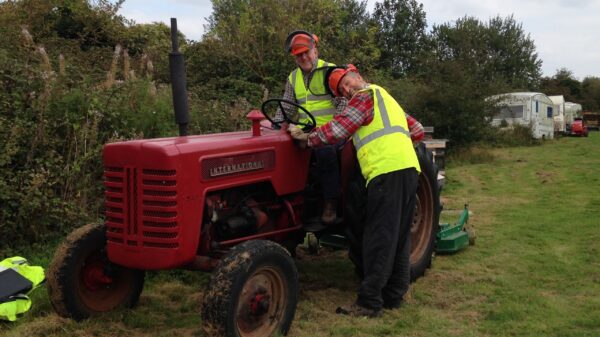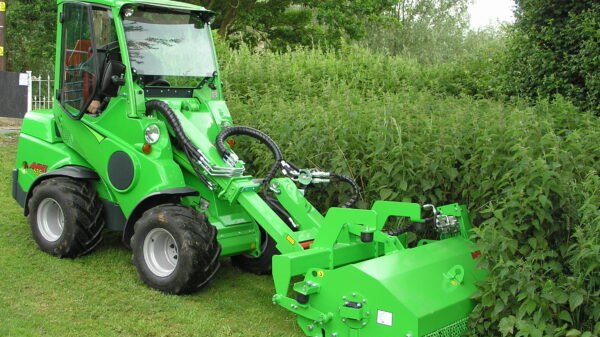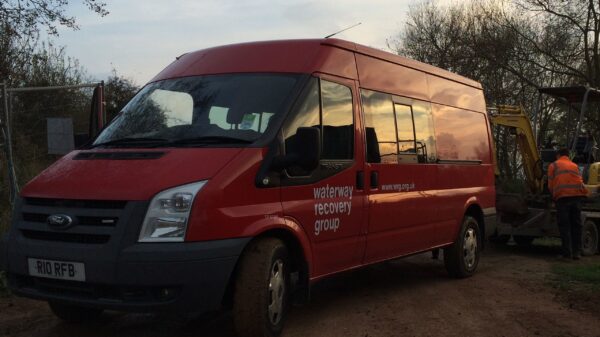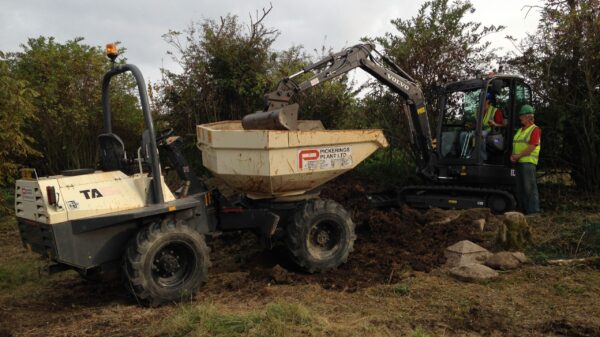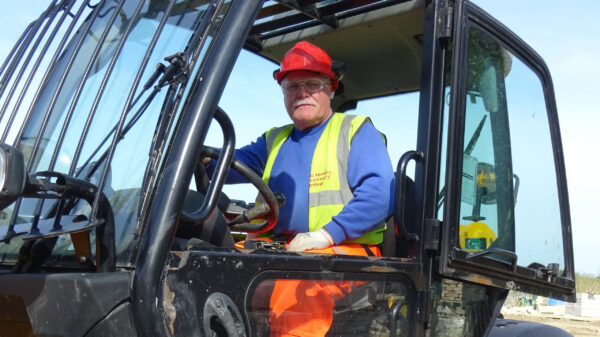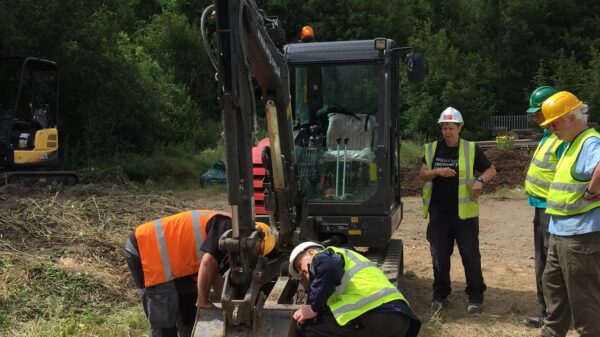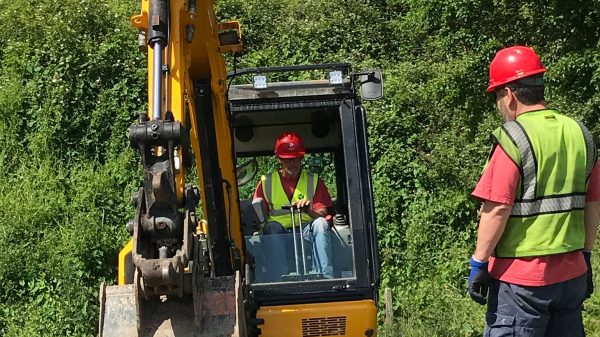Driver Authorisation: Safety Notice – Motorised Plant & Agricultural Vehicles
If you use Plant or Agricultural Equipment then you need to read this…
Navvies who use motorised plant (e.g. excavators, dumper trucks) or agricultural vehicles (e.g. tractors, ride-on mowers) need to be aware of the requirements of section 143 of the Road Traffic Act 1988 as amended by The Motor Insurance (Compulsory Insurance) Regulations 2000. This requires that third party motor insurance is in place in respect of agricultural equipment and moveable plant when either is used on the public highway or in a public place – even if just to cross from one side of a road to another, or along a public path to access a work site. The key considerations are (a) what items of equipment need this cover, and (b) what is defined as a ‘public place’.
Types of Equipment
The legal requirement for third-party Motor Policy cover is for any vehicle or piece of machinery that (a) is designed to be driven on the public highway, and (b) moves under its own power in a public place. Examples are tractors, dumper trucks and excavators on wheels (such as a JCB Loadall or Backhoe Loader).
Public Place
There is a common misperception that motor policy cover is just required on metalled road surfaces. This is not the case. The ‘public highway’ extends not only too metalled and unmade roads, but also to any public path (e.g. footpaths, bridleways and byways) or area. The legal requirement for cover also includes any permissive paths and other land where the public is generally allowed to walk and access.
In summary this means that Motor Policy cover is required where agricultural vehicles or motorised plant are used in the following areas (unless they are closed and fenced-off for the duration of works):
- Public footpaths and bridleways
- Permissive paths (where there is no right of way, but the path is available to the public)
- Tracks and driveways to private premises over which delivery drivers and visitors would normally use
- Land over which there is a public right of access (as defined by the Countryside and Rights of Way Act)
- Any other land, over which the public is traditionally aloud to pass or use.
Consideration should also be given to any area that is not fenced off to prevent public access.
There have been a number of legal cases over the years that have set precedents for where there is a legal requirement for Motor Policy cover:
- Private Forecourt (Trigg v Griffin 1969)
- Privately owned land abutting on unfenced public footpath and used as the car park of a private club (Pugh v Knipe 1972)
- Private driveway on farm used by delivery vans and the farm’s few visitors (Alston v O’Brien 1992)

